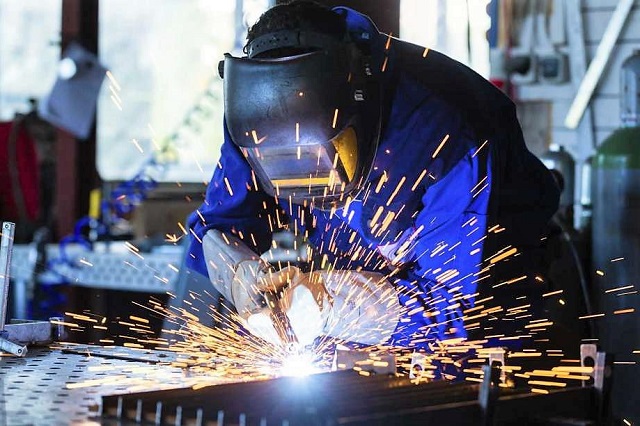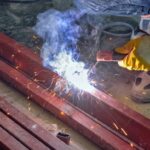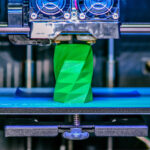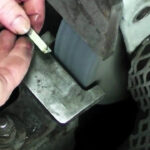As an industrial process that is based on permanently joining two materials into one piece, welding is an indispensable part of the manufacturing industry used in the production of many different products. It harnesses the power of heat and energy to melt metals and fuse them together into one solid object. This allows for advanced fabrication of well-designed pieces of equipment and structures, which can then be used in different fields of the industry. While these days welding allows for quick and easy preparation and creation of metal pieces, back in the day when the first blacksmiths melted and reshaped metals this was not an easy job at all. They would heat up the metal in a large forge and use hammers to beat and reshape the metal pieces into sturdy welds. To reshape the metal in this way, a blacksmith needed a lot of strength and energy, his arms in particular should have been very strong.

Since then, the process of welding has changed and improved a lot. Thanks to advancements in technology, welders now make use of smart and efficient welding tools that allow them to reshape and transform sturdy metals into all kinds of structures. The process of welding is used for the fabrication of products such as sheet metals, pressure vessels, metal buildings, motor vehicles, electronic equipment, household appliances and so on. To make sure the fabrication of these products is done in an efficient and safe manner, welders need extensive knowledge and skill about all the aspects of working with liquefied and solid metals.
As a welder you need to know how to correctly apply heat on a metal material and liquefy it at the desired joint. To fuse it with another metal piece, an adequate amount of pressure should be applied to both materials. This requires the use of advanced and practical welding equipment. However, before mentioning the different types of welding tools, it’s important to mention that all welders should have protective equipment that will allow them to perform their job safely and efficiently. One of the most commonly used welding tool for protection is the flame retardant jacket which is designed to enhance safety when doing all kinds of light duty welding tasks. It’s made from quality flame retardant cotton and comes with pockets on the inside where you can keep smaller tools, so they can be within easy reach when you need them for your welding tasks.
Along with a welding jacket you also need a welding helmet with auto dimming features. This protective welding tool is designed to dim the shield and prevent bright lights and sparks (that appear while fusing the metals) from hurting your eyes. To further protect your eyes, consider wearing safety glasses under your helmet that can provide protection from flying rogue sparks. Using welding devices to melt metals at high temperatures, triggers heat and UV ray emissions that can be harmful to you hands and arms. Therefore, make sure to always wear welding gloves while reshaping and fusing metal materials.
Once you’ve equipped yourself with protective gear, the next step is to create your arsenal of essential welding tools. Clamps are indispensable welding tools that every welder should have in his workshop. They are designed to keep metal pieces firmly into place while welding, thus allowing you to make firm joints. An angle grinder is another essential piece of welding equipment. It can be used for many different tasks like cutting materials, smoothing out rough welds, cleaning weld joints, etc. Some other useful welding tools that can facilitate the whole process include hammers, dolly kits, backing plates, tape measures and metal rulers.






















